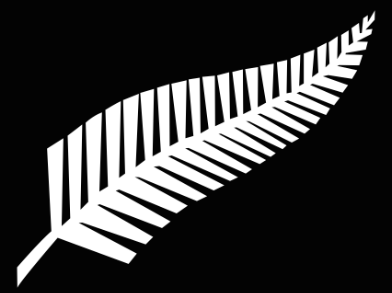Trees
When Mother and Father became engaged, George, Mother’s favourite brother, planted seeds of macrocarpa, pine and gum trees for her. By a sad coincidence she received notice of the young trees arrival at Claudelands Station on the same day as she received the official notice that he had been killed in action in 1918. So it was with both thankfulness and sadness that they were planted to grow to be the much needed and appreciated shelter for their home. I can remember them as young trees about six feet high but what a great height they did grow; some were felled eighty years later to be used for the floor of the Gordonton Hall. Some still stand. Many a day us girls spent in them looking for bird’s eggs- thrushes, blackbirds, and sometimes-tiny warblers. Though we seldom saw them, we did hear their lovely songs. The best singers though were the skylarks. They built their nests in a tiny hollow in the ground, and especially at haymaking time they would rise up high in the sky, singing as they went. Fantails were favourites, especially when they came inside and fought or talked to their image in a mirror. Starlings built in the chimney, or the mailbox, or the shed and no amount of pulling their nest down seemed to discourage them. Gold finches, chaffinches and yellow hammers were quite plentiful but we seldom found their nests.
There were pukeko too, at the back of the farm, near lake Tunawhakapekapeka, but where they nested, we never did find. One day, when bird-nesting I decided I could get down quicker than climbing and slid down a branch, but oh dear, my weight pressed the branch down onto the barbwire fence and I had to walk to school for a week. Another argument I had with barbed wire fence was several years later when we were holidaying at Wanganui and we had gone to Kai Iwi for a swim. We did enjoy the breakers on that coast. I was running down a path that seemed to be the access to the beach when a drain appeared in front of me - too late to stop. I jumped, and though I didn’t land in it, I did come in contact with the barbed wire that was hidden in the blackberries on the edge. I made three nasty gashes in my leg. That wasn’t going to rob me of my swim so I went straight on into the water - actually the best thing I could have done as they healed without any bother, though they were very tender for the rest of the holiday.
Like Francis before him, as soon as he could my father planted an orchard – not that he needed to start with seeds. By that time fruit trees were being marketed. As well as peaches, plums and nectarines, he planted apples, early, mid-season and late so that before long we were able to pick fruit to last us nearly the whole year. Mother made jam and preserved fruit to be used at any time. We also dried apples, peeling, coring and slicing them and putting them in a specially made box with gauze lids and in the sun. Though they dried almost black, they were much enjoyed, as they were, or in pies. Nut trees, walnut, hazel and chestnuts were also planted, and later on citrus. Although Daddy was advised that citrus would not survive Waikato weather, by carefully protecting them in winter and watering them in summer they did flourish and bear well.
Later again, feijoas and Chinese gooseberries (forerunner of the kiwifruit) were added. To mark the 25th anniversary on the farm my Aunty Amy (Daddy’s oldest sister) brought up and planted a scarlet oak and it is still growing taller and every autumn it clothes itself in beautiful red leaves. It was a joy to behold. The day before Daddy died, he planted a kauri tree and it grew well, until one year the opossums tore the bark and allowed the borer to enter and eventually killed it.
In 1922 a great tornado swept through a plantation of pines at Woodlands and felled them all (maybe a holocaust like that had felled the giant kauris over an even larger area many years before). At that time, Uncle Sam was engaged to Lizzie Riddell and Mr. Riddell told him they could have them for their house if they could deal with them. They decided they could, although it would mean a lot of hard work. Though they didn’t have to fell them, they had to straighten the ends, take off the branches, tidy them up and cut them into lengths and then cart them to the mill at Claudelands to be sawn into timber. That done, it had to be carted home and stacked to dry and later on taken back to the mill to be made ready to use, and then built into a house. However, it was all done by the end of 1923 when Uncle Sam and Auntie Lizzie were married.
